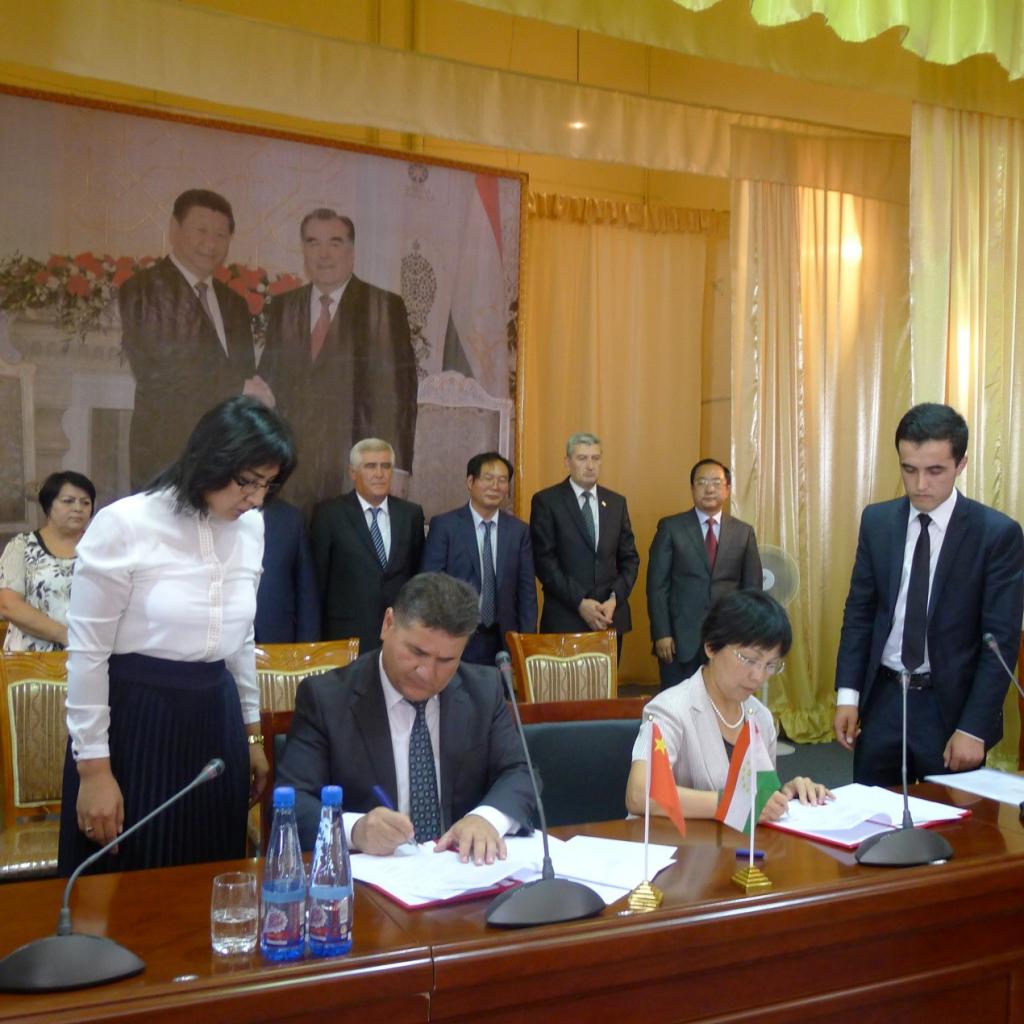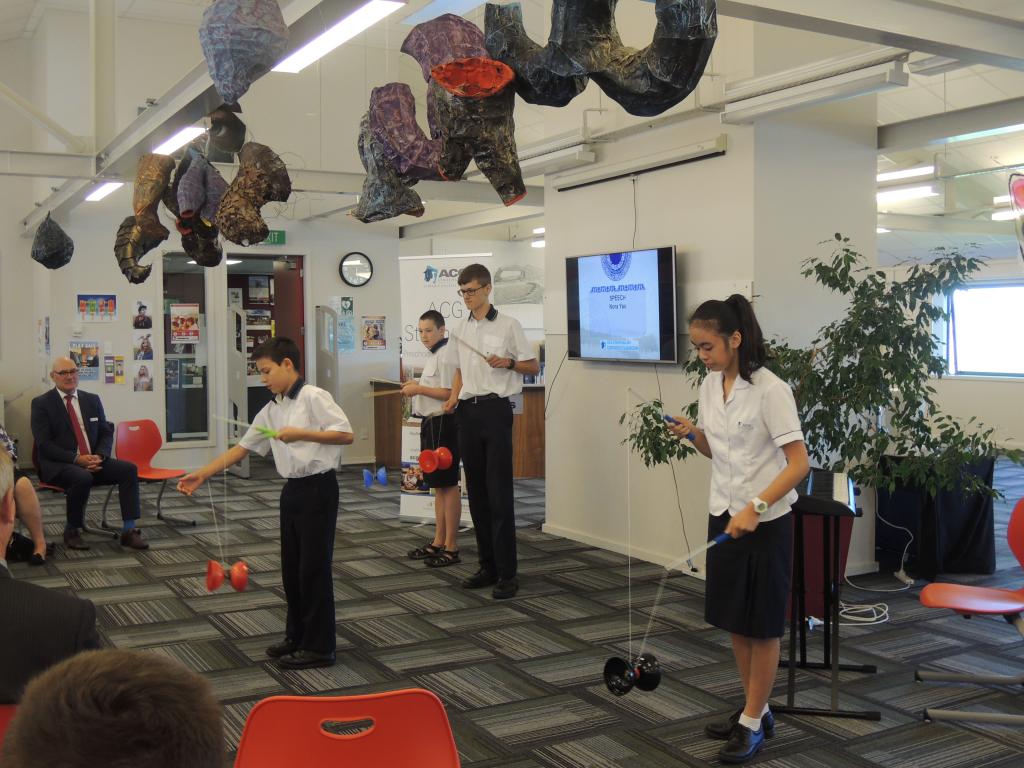Introduction of Confucius Institute of UPC
As China's economy and exchanges with the world have seen rapid growth, there has also been a sharp increase in the world's demands for Chinese learning. Benefiting from the UK, France, Germany and Spain's experience in promoting their national languages, China began its own exploration through establishing non-profit public institutions which aim to promote Chinese language and culture in foreign countries in 2004: these were given the name the Confucius Institute.
Approved by Confucius Institute Headquarters (HANBAN), China University of Petroleum (East China) (UPC) and Mining-Metallurgical Institute of Tajikistan (GMIT) collaborated in building the Confucius Institute in Tajikistan on September 13, 2014. The opening ceremony was hold on August 20, 2015 at Mining-Metallurgical Institute. The president Shan HongHong of UPC, and the president Fozilzoda Mukhtor of GMIT attended the ceremony and assigned the “Implementation Agreement on Collaborative Building of Confucius Institute between UPC and GMIT” and “Articles of Council ”. This is the first Confucius Institute co-built by UPC and overseas institute.

Over the years, the Confucius Institute of Tajikistan Metallurgical Institute with the guidance and assistance of the Confucius Institute Headquarters (Hanban) has developed into a sustainable international education institution in the local area. Its headquarter covers an area of nearly 200 square meters, including classrooms, library and offices, and has a wide range of Chinese language and culture learning materials. Its four teaching divisions are located respectively at Khujand State University, No. 10 Middle School of Zarnisor Town in Gulliston city, No. 2 Middle school and Vocational Technical School in Istikrol city.

Currently, the Confucius Institute has 4 Chinese teachers and 2 Tajik staff. The number of registered students reached 1,128 in 2018 and 2579 from March 2016 to date. These include local elementary, middle school and college students, community residents and employees. In recent years, the institute has organized various cultural and cross-cultural activities involving about 10,000 participants.






